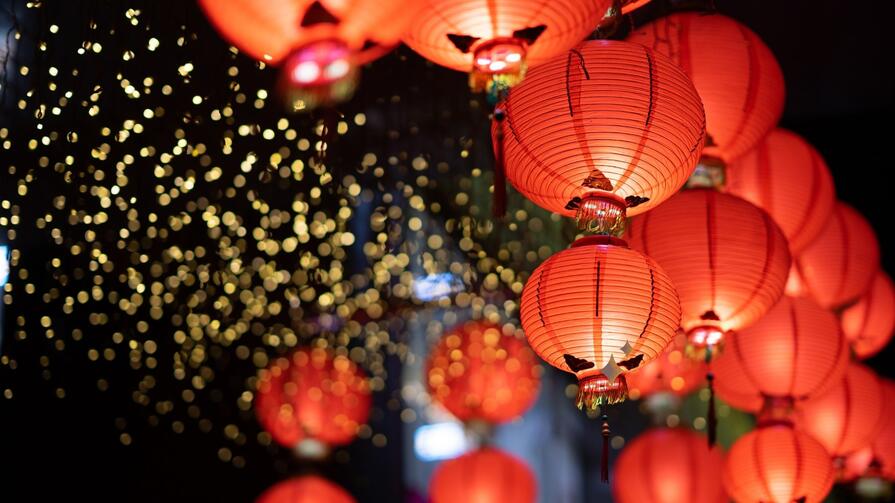Deng-Ker Lee, Ph.D
Abstract (Summary)
At dawn, on February 17, 1979, the People's Republic of China (PRC), with some 200,000 troops and hundreds of tanks, launched a massive military action against the Socialist Republic of Vietnam (SRV). Although Peking withdrew its troops from the SRV one month later, both sides have failed in attempts to settle their dispute through subsequent negotiations. While the PRC has repeatedly made threats to teach Hanoi a second lesson, the SRV, strongly backed by the Soviets, has determined not to yield to Chinese pressure. As a result, the conflict between the PRC and the SRV became deadlocked.
Peking and Hanoi have had a very close relationship since Ho Chi Minh established the Democratic Republic of Vietnam (i.e., North Vietnam) in 1954. As a matter of fact, before the Sino-Vietnamese conflict took place, the closeness of the relationship between Peking and Hanoi was always described as "the lips and the teeth" by the two countries' leaders. What caused the conflict between them? This interesting and yet important question is discussed in the First Part of this dissertation.
The Sino-Vietnamese conflict not only has brought tension and instability back to Southeast Asia but also has created the danger of great powers' direct confrontation in the region. Part Two of this dissertation seeks to analyze this issue, the strategic and political implications of the Sino-Vietnamese conflict.
After the fall of Saigon in 1975, the U.S. withdrew all of its armed forces from Indochina. However, the U.S. still has significant national interests in Southeast Asia. In the wake of the new conflict in Indochina, what policy should the U.S. adopt? This question is examined in the last part of this dissertation. It is hoped that by vigorous examination and analysis, a policy alternative which may best secure U.S. interests in Southeast Asia and help maintain stability not only in that area but also in Asia will be found



